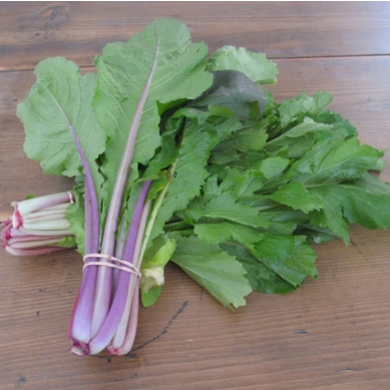
Season Extension into Fall and Winter
Extending the season on the tail end of summer is basically the opposite of extending the season in the spring. In the spring, we create warm environments to get our planting growing, whereas in the fall we make a warmer environment to keep them going, and extend their vibrancy.
Here in the Northeast, we have the cold to battle, but we are also at odds with day length. When the days get shorter than 10 hours, plant growth ceases. At the Seed Farm, our days reach 10 hours on November 10th, so our goal with our late fall garden is to have everything lush and ready to harvest well before that date (see our post on Planning for Fall for tips on how to achieve a big fall harvest). If you have been following our planting advice, and have seeded and are currently seeding according to our Fall Planting Chart, what should you plan for next?
1. Plan to use row cover, even a double layer. In the spring, we cover freshly seeded beds with row cover; in the fall, we cover mature plants. Since our fall crops go in the ground in peak summer, it could be a bad idea to cover them with a row cover, trapping heat and moisture on the hottest days. Aim to cover your plants when the temperatures start to drop. For us, this falls in early October, but it is always a good idea to watch the weather and be prepared to get your plants covered as soon as nighttime temps are in the 40s. To keep row covers directly off the plants, we recommend using hoops, such as our pre-bent wire hoops. To use wire hoops, insert them into the ground prior to using the row cover, spaced about four feet apart. Center the row cover over the top of the hoops and let it drop down, leaving about a foot of surplus fabric along the ground. Weight the cover securely at each end and at each hoop end with rock bags. To access your plants, simply move the rock bags to the side. Once temps start to get below freezing, add another layer to keep plants from getting damaged by freezing.
3. Harvest and store root crops before a freeze. While most roots are cold hardy, harvest them before a hard freeze and store them in a cool, dark, humid location. Make sure this location doesn't freeze, it can damage roots and make them spoil. Alternately, you can heavily mulch carrots, parsnips, and beets and keep harvesting them through December.
So, as you can see, it's easy to extend your harvest season with a little row cover, a few hoops, and a just a bit of planning.







